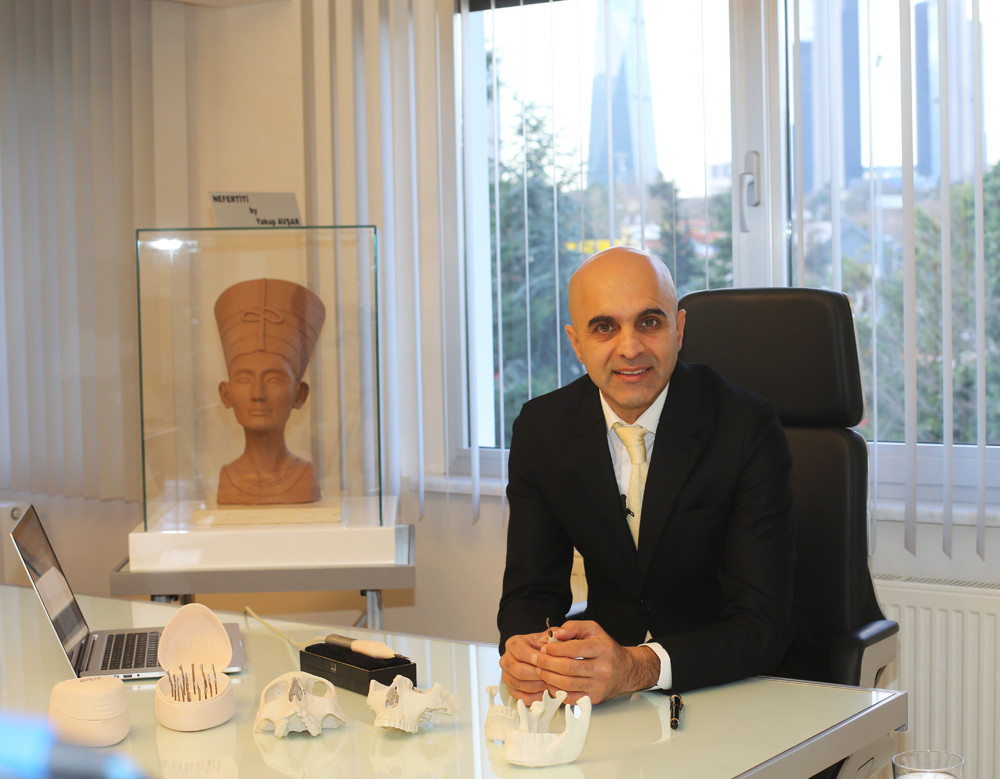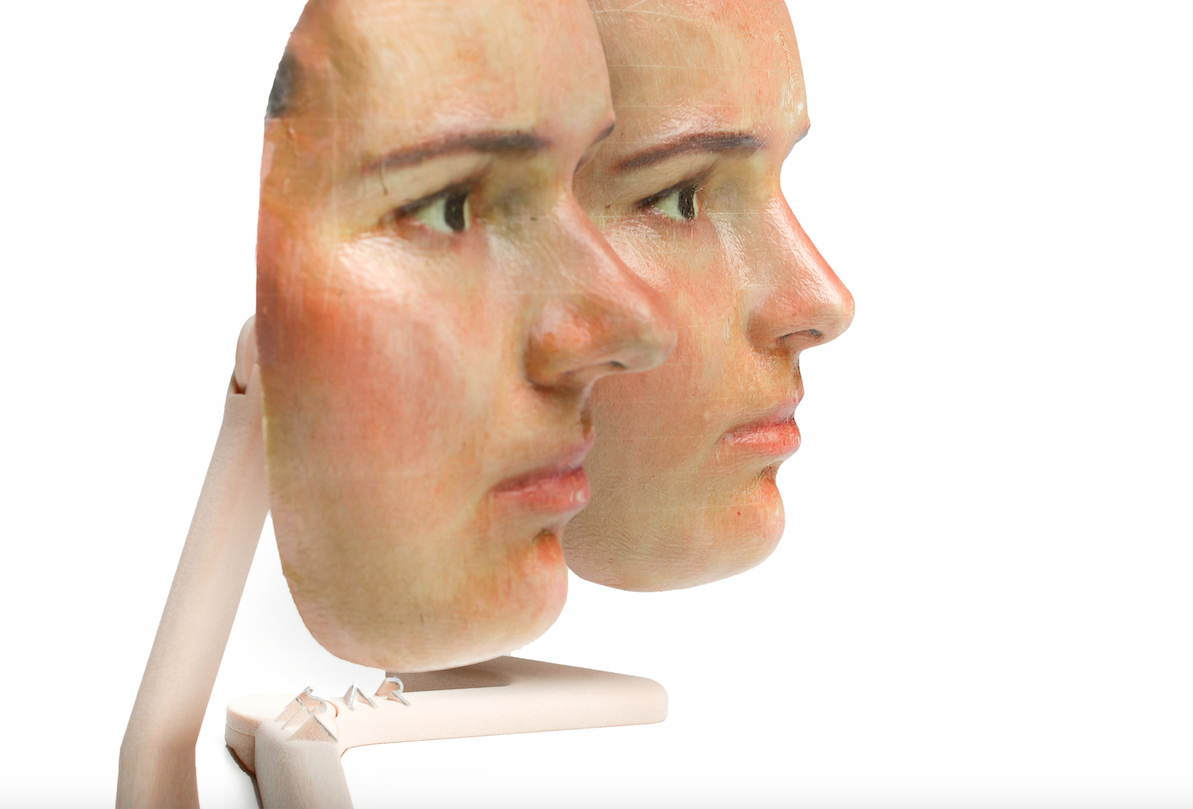Avsar's Technique in Nose Surgery: Microrhinoplasty ( Video Endoscopic Rhinoplasty )
Micro-rhinoplasty is an advanced technique based on the application of micro-instrumentation facilities in video endoscopic rhinoplasty.
The three principal facilities include the magnification power of video-endoscopy, micro-cutting, micro-rasping blades and micro-surgical tools. Micro-rhinoplasty was established by Yakup Avsar M.D. in 2006.
 Micro-rhinoplasty was established by Yakup Avsar M.D. in 2006
Micro-rhinoplasty was established by Yakup Avsar M.D. in 2006
Magnification power of video endoscopy is especially used for reshaping the bony nasal vault. Its use for glabella surgery and the treatment of high-oriented septal deviations is inevitable. Besides, it is used for the treatment of septal spurs, repair of mucosal tears and bleeding control during endoscopic rhinoplasty.
Micro-motor-assisted bony vault reshaping under video-endoscopy is a technological procedure aimed at effective application of micro-cutting and micro-rasping blades to reform the bony structure of the nose.
These blades designed by Yakup Avşar are used under video-endoscopy. Hump reduction-rasping, medial osteotomy, Aufricht triangle modification, transverse and lateral osteotomies are performed with the aid of these blades. Split-thickness osteotomy is a surgical method in which an incomplete cut is made on the lateral nasal walls keeping the stability of bony nasal vault. This method was first introduced by Dr. Avsar and is a consequent advantage of this technology.
Micro-surgical tools are used to dissect, reshape and suture the soft tissue and cartilaginous structures during video endoscopic rhinoplasty. These tools make it possible to perform delicate surgery on these structures.
While video-endoscopy and micro-cutting-rasping tools are dominantly used for surgery on the bony upper third of the nose, micro-scissors and micro-tools are used for surgery on the middle and lower thirds of the nose.
Eventually, controlled operation on the nasal structure increases the rate of successful results. Technologies, techniques and tactics used in micro-rhinoplasty enables the surgeon to have high quality control during the aesthetic surgery of the nose.
3D Mask Microrhinoplasty
Another technique Avsar brought forth is 3D Mask Rhinoplasty. The technique began when he developed 3D printed masks that could simulate rhinoplasty’s results. It allowed people to see what their results would look like after the surgery. The 3D printer would produce two prints – one before and one after the operation.
3D Mask Rhinoplasty gives patients a clearer picture of what the surgery entails and how it could help them. It also provides surgeons the chance to explain the pros and cons of the surgery.
With Avsar’s technique, patients have a clearer idea of how their surgery will alter their appearance. Before he invented the 3D printing, he would make a physical 3D model to give patients an idea. 3D printing makes the picture even clearer for patients.

How Does The 3D Mask Microrhinoplasty Process Work?
When patients come in, a special software is used to get a 3D scanning of their face. A digital sculpture is designed of the area and how the surgery will alter it. The last image gives the patients a look at what they will look like after the surgery is done. The before and after pictures are transmitted to the 3D printer, which then prints them in color.
How to contact us ?
Social Media: https://www.instagram.com/dravsar/
Telephone & Whatsapp: +90 530 315 25 39
We are located in Istanbul / Turkey
We can talk Turkish, English, Russian, Persian, Bulgarian, Ukrainian
